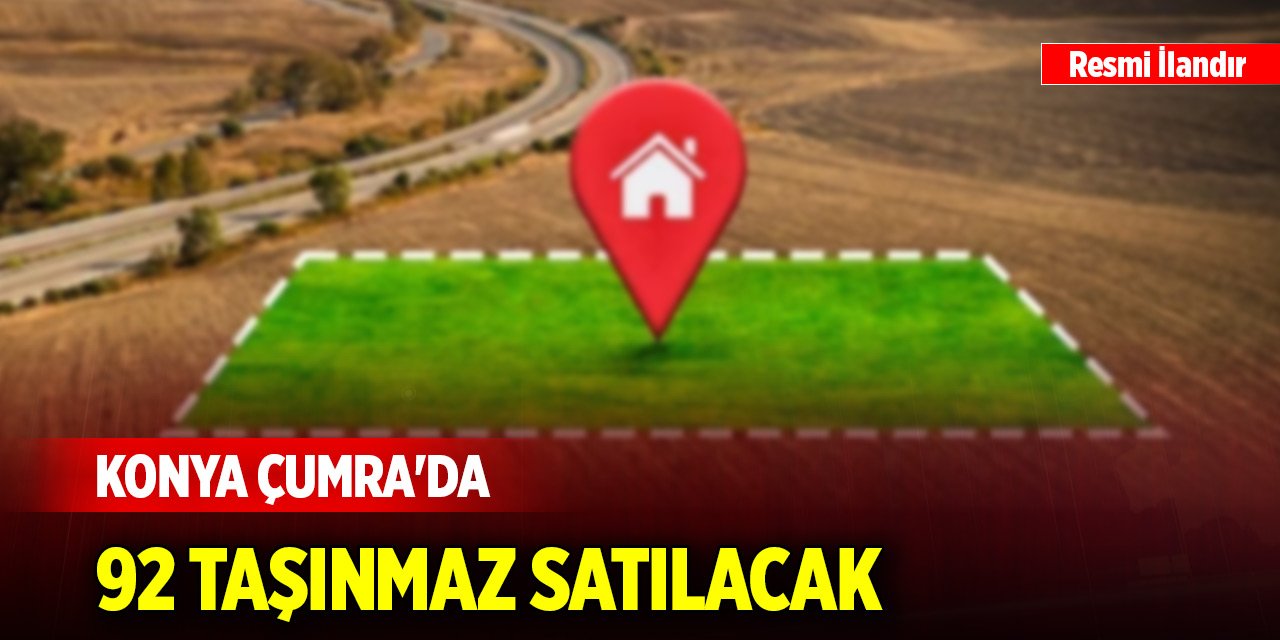Children face terrifying conditions in Philippines mines
Report says children skipping schools to work in mines, often processing gold with mercury, which attacks central nervous system, can cause brain damage, death

A new report released by a United States-based human rights group highlights how thousands of children –- some just 9 years old –- work in illegal, small-scale gold mines in the Philippines, mostly financed by local businessmen.
It highlights that the children work in unstable 25-meter-deep pits underwater along the coastal shore or in rivers, often processing gold with mercury -- a toxic metal -- while many, mostly from impoverished households, skip school because of their mining work and sometimes drop out altogether.
“Filipino children are working in absolutely terrifying conditions in small-scale gold mines. The Philippine government prohibits dangerous child labor, but has done very little to enforce the law,” Human Rights Watch associate children's rights director Juliane Kippenburg said in a statement.
The organization called on the Philippines government to act on its public commitment to end child labor in mining.
The 39-page report -- “What…if Something Went Wrong: Hazardous Child Labor in Small-Scale Gold Mining in the Philippines” -- released Tuesday outlines conditions that see children risk injury from falling rocks and wood beams, pit collapse, and a lack of oxygen.
At times, the children stay underwater for several hours at a time in 10-meter-deep shafts, receiving air from a tube attached to an air compressor at the surface, the report said, putting adult and child miners at risk of drowning, decompression sickness, and bacterial skin infections.
It highlighted the Sept. 2014 case of a 17-year-old boy who suffocated in an underground mine because there was no machine providing oxygen.
“I was 13 the first time [I dived]. I felt scared because it’s dark and deep,” it quoted a 14-year-old named Dennis as saying. If the diesel-powered compressor stops working, the miner can drown or get “the bends” coming up too quickly.
“Sometimes you have to make it up fast, especially if you have no air in your hose,” a 16-year-old named Joseph said. “It’s a normal thing. It’s happened to me.”
Kippenberg says that lots of children in the areas of Masbate and Camarines Norte in the central Philippines are dropping out of school to work in gold mining.
“In order to tackle the root causes of child labor, the government needs to assist the poorest families financially and ensure their children are able to attend and stay in school."
She added that several children in Malaya have complained of tremors -- symptoms that could be signs of mercury poisoning.
”Children are particularly susceptible to mercury, which attacks the central nervous system and can cause brain damage and even death," she said.
"Unaware of the health risks, children use their bare hands to mix mercury with gold ore and create an amalgam. When they burn off the mercury to retrieve the raw gold, they breathe in toxic fumes."
The Philippines has signed but not ratified the 2013 Minamata Convention on Mercury, which sets out steps to reduce mercury exposure.
It is the world’s 20th largest gold producer, with an estimated 200,000 to 300,000 people working in its small-scale gold mines.
“Small-scale mining provides a vital livelihood for many Filipinos,” Kippenberg said.
“But the government needs to take urgent steps to ensure a safe and child-labor-free mining sector so that families can earn an income without putting their children at risk.”


